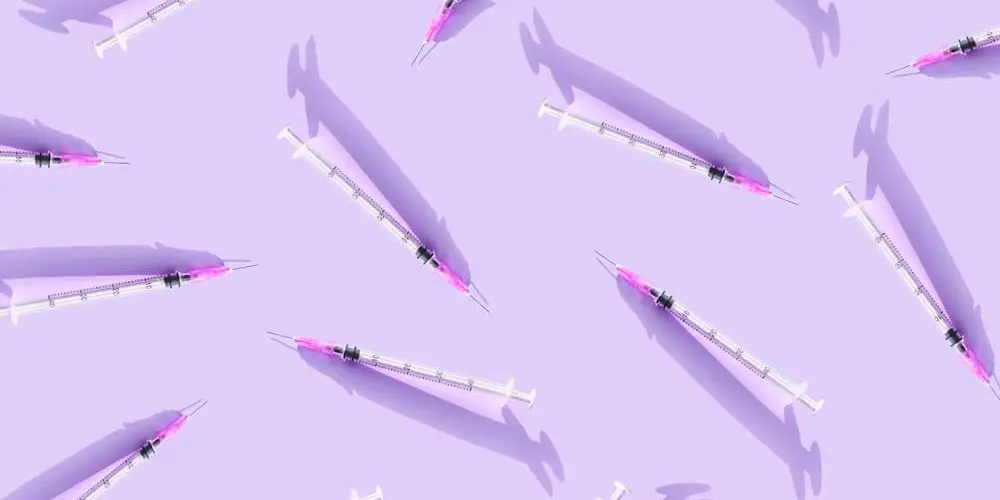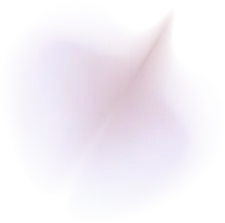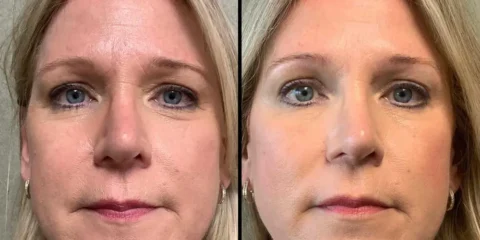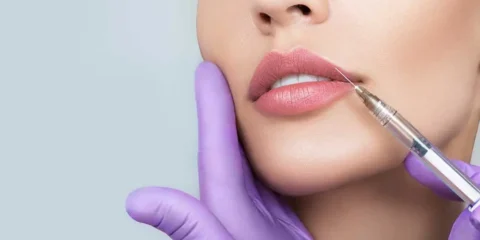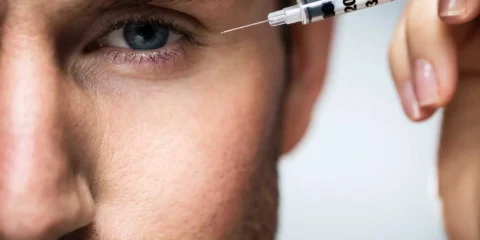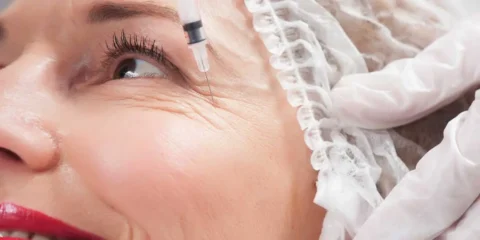What about the other types of “Botox” injections?
This applies to all neurotoxins, including Xeomin®, Dysport®, Botox®, and Jeuveau®, that I will refer to as BTX for simplicity.
The BTX brands currently available in the US last, typically 3-4 months. A clinical study that I referenced in a prior blog, demonstrated that Xeomin® lasts slightly longer than Botox® which lasted slightly longer than Dysport®. But the difference was only 2 weeks or so, therefore we can assume “about the same”.
How often should you do Botox® injections?
If you are just starting BTX and have mild wrinkles, a little brow heaviness, and overall doing correction and prevention, I recommend that you schedule 3.5-4 months between sessions for the first year and a half or so. Keep with the same initial effective dosing and don’t cut back on the units for 18 months or so.
The reason to do the same dose of BTX for over a year is to get some atrophy or shrinkage to undesired muscle overgrowth. Think of it this way: you are doing something with your face that is causing the lines that you see. This is happening over and over until you develop a crease in your skin.
If you do BTX one time, the crease will soften, but it may not go away, as it may have been there for years. But if you weaken the muscle that is causing the crease, and keep it in the weakened state for over a year, the crease will cease to exist over time. If the muscle that is being treated is weakened for over a year, it shrinks.
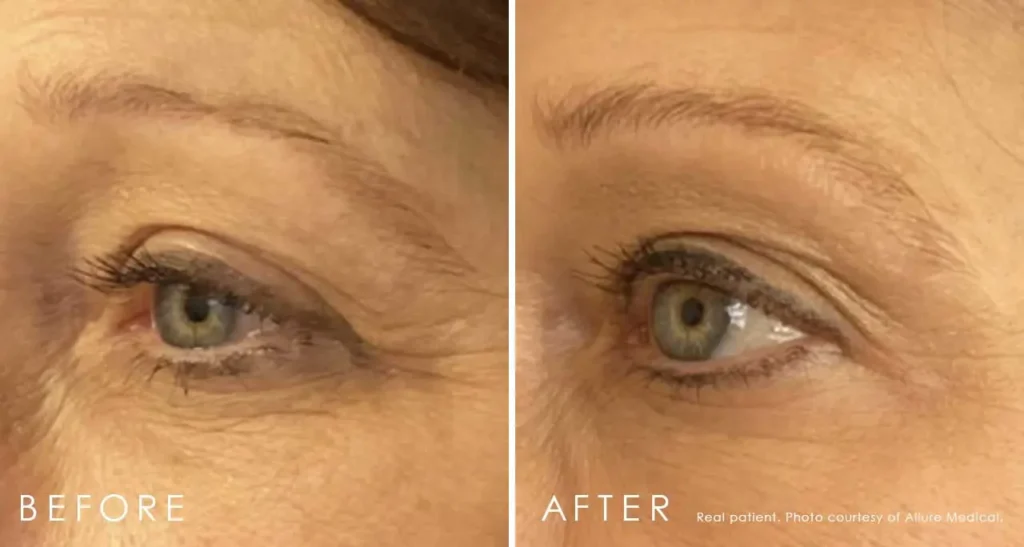
When the muscle has shrunk, it doesn’t come back when the BTX has worn off to the point where it was a year and a half ago. Now you can do it periodically for maintenance.
When thinking about re-training the muscles of the face, I like to group them into two major groups. Those muscles that pull the face in a downward direction, and those that lift.
BTX is used predominantly in the upper face. Around the eyes, the brow, and the forehead.
Muscles that lift the brow:
The forehead has one muscle called the frontalis which lifts the brow. Lines on the forehead can be treated with BTX, but this leads to a progressive drooping of the brow and a receding hairline. Neither is particularly attractive or associated with youthfulness. So to be clear we do not want to atrophy the frontalis muscle.
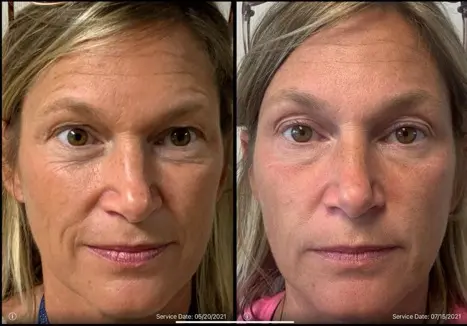
Muscles that lead to brow drooping:
Muscles that lower the brow (cause brow drooping and appearance of tired, sad, and angry) are made up of the procerus, two depressor supercilli muscles, and 2 corrugated supercilli in the central brow (called the glabella) as well as the orbicularis oculi muscle that leads to crow’s feet.
We do want to atrophy these muscles as they have undesirable effects on facial appearance and expression.
When using BTX for the first time, we generally treat the muscles that lower the brow, and then re-assess at 2 weeks and see if we need a touch of BTX to the forehead. In most cases, when we treat the brow depressors, the forehead muscle (frontalis) doesn’t have to work so hard, and the lines soften without any direct BTX units.
The BTX Conclusion
In summary, when you start using BTX, plan for a treatment of the brow lowering muscles and then a reevaluation at 2 weeks to assess the brow position and the forehead lines. If the brow is droopy at baseline, I use the phrase “stay the he%* off of the forehead” to emphasize that we do not want to droop the brow further than it already is to make it smooth. We instead completely weaken the opposing depressor muscles and then wait.
At the two-week follow-up, the question is “do you like the lift?” It is almost invariably “yes” then we ask ourselves “how much of that lift are you willing to give up to make the forehead less expressive?” And treat accordingly.
In my experience, women younger than 30 can generally treat the forehead both direct and indirect (in other words by treating the opposing muscles and the frontalis directly) whereas women older should be very careful about wearing the one muscle that creates youthful attractive lift.
For men at any age, the forehead is generally treated directly and indirectly as it is typically a stronger and thicker muscle and lift is not as desirable.
I like to make a treatment plan and stick with it for a year and a half, and then we can start skipping areas or treatment sessions as we have “re-trained” the facial muscles into a more youthful and attractive muscle tone.
– Dr. Chalres Mok

